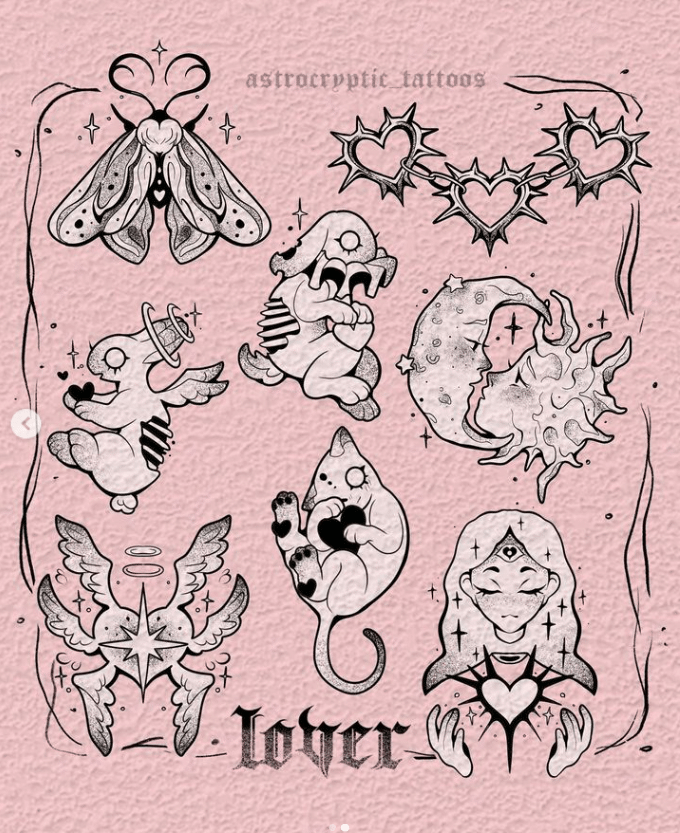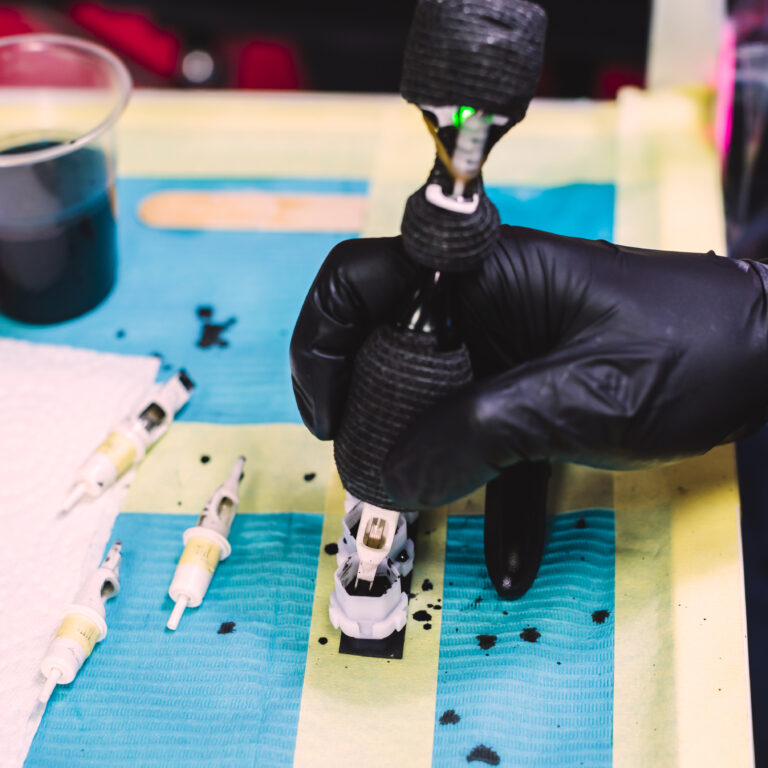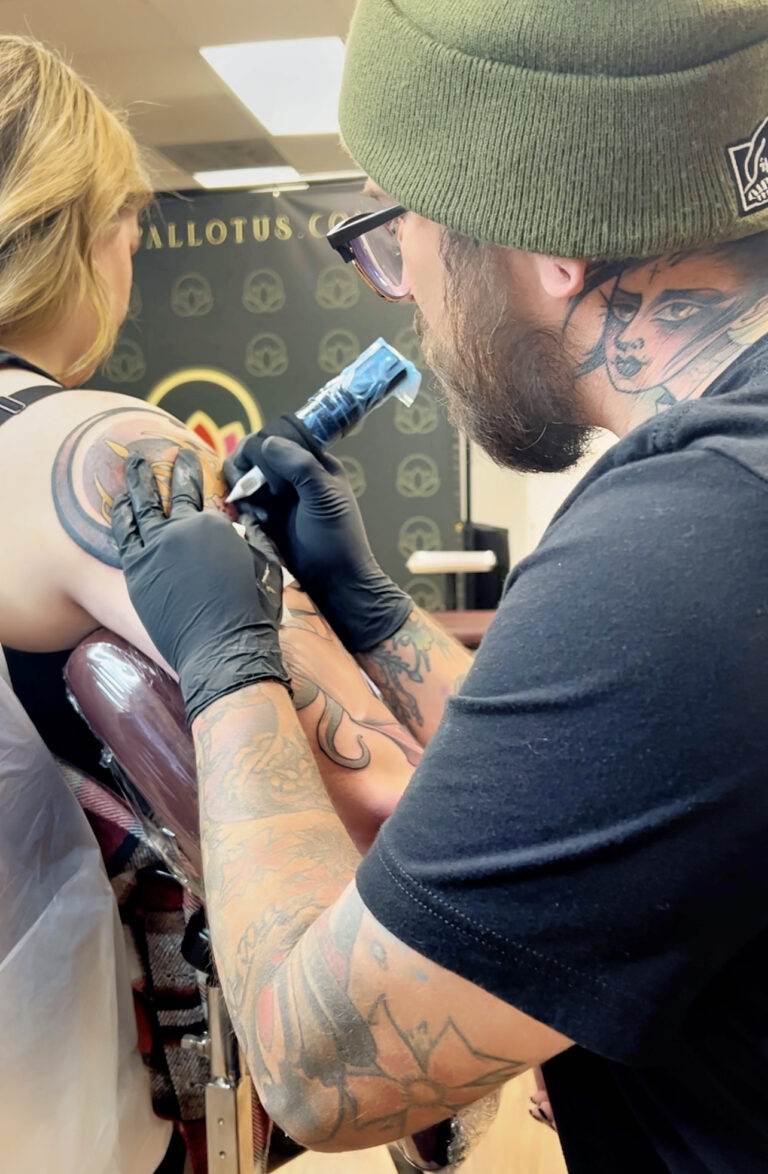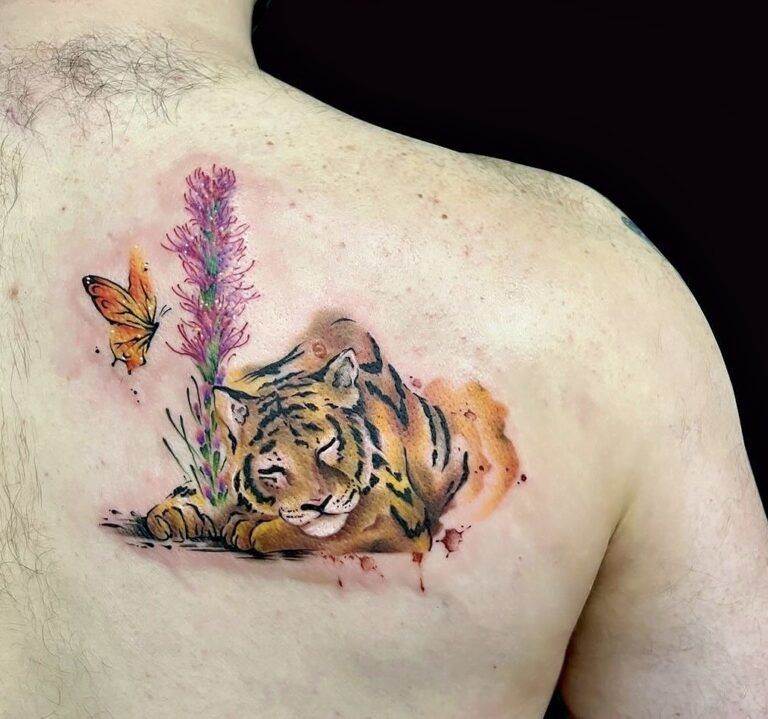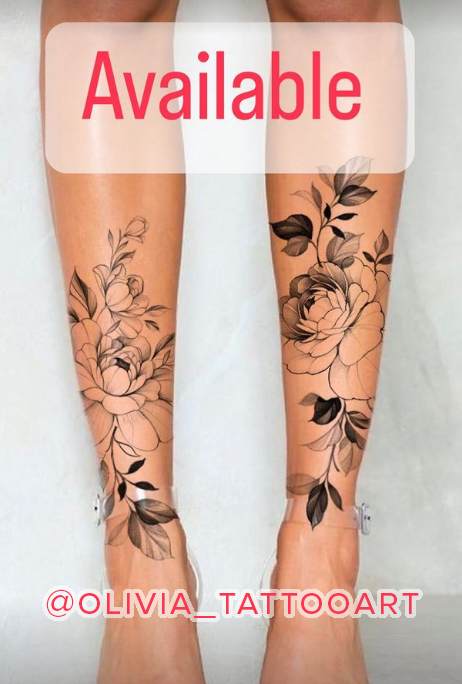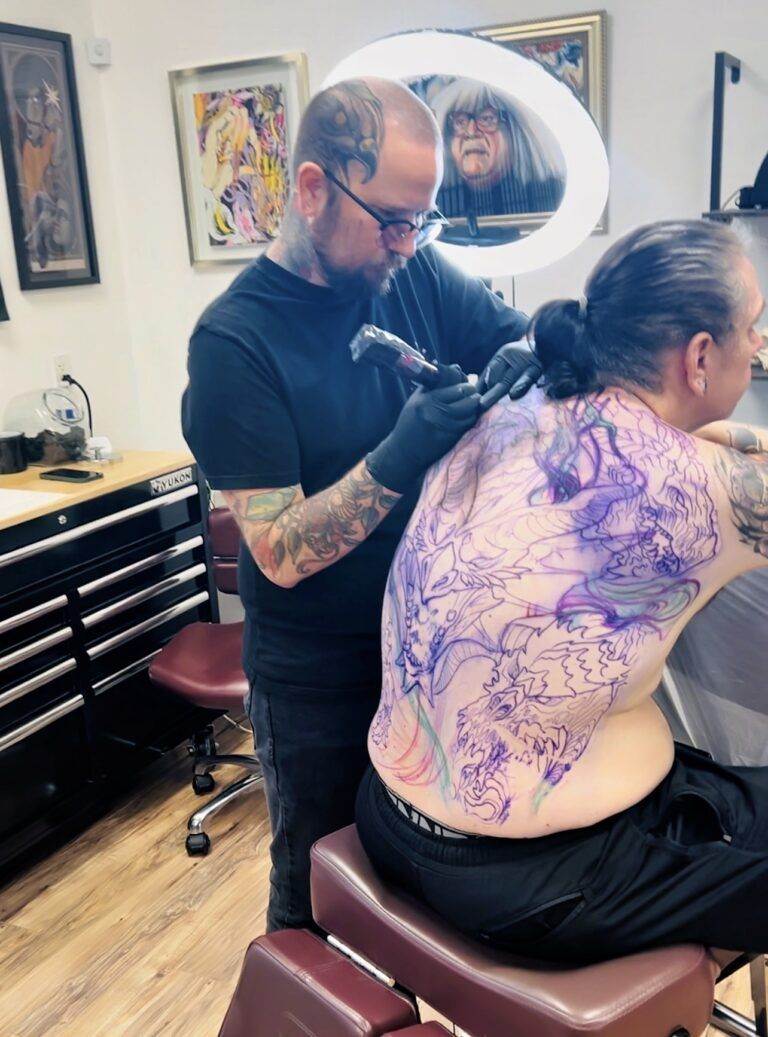Introduction
Brief History of Traditional Tattoos
Tattoos have been an integral part of human culture for thousands of years, transcending geography and ethnicity. The history of traditional tattoos can be traced back to ancient civilizations, where they served a multitude of purposes. From identifying tribal affiliations to signifying status, authority, and protection, the motives behind tattooing are as diverse as the designs themselves.
- Ancient Beginnings: Evidence of tattooing dates back to ancient Egypt, where mummies were found with intricate body art. Various tools and pigments were utilized to create these designs, often linked to healing and religious practices.
- Cultural Significance: Traditional tattoos serve as a manifestation of identity. In Polynesia, for instance, tattoos illustrate a person’s lineage and accomplishments. In contrast, Native American tribes employed tattooing as a rite of passage or a mark of bravery in battle.
As the art of tattooing evolved over centuries, various techniques emerged, including hand-tapping, stick-and-poke, and machine methods. These distinct methods reflect not only the technological advancements of society but also the deeply rooted traditions that carry on through generations.
Significance of Traditional Tattoos in Different Cultures
The significance of traditional tattoos varies widely across cultures, each imbued with unique meanings and rituals. While some tribes view tattoos as a means of protection or a declaration of identity, others perceive them as an art form or a mark of spirituality.
- Polynesian Tattoos: In Polynesian culture, tattoos are seen as a rite of passage. The ‘tā moko’ of the Maori people, for instance, is more than body art; it is an integral part of their identity, revealing family lineage and societal roles.
- Japanese Tattoos: Japanese irezumi, or tattooing, often depicts elements of nature, folklore, and spiritual symbols, conveying deep meanings and stories unique to the individual wearer.
- Native American Tattoos: Among Native American tribes, tattoos often signify achievement or the individual’s connection to the spiritual world. Each design carries elements that are personal, honoring ancestors and their beliefs.
Traditional tattoos remain significant in many societies today, representing a connection to heritage, beliefs, and personal journeys. They serve as a canvas for storytelling, with each mark on the skin narrating the experiences and values of the individual. In today’s modern context, these ancient traditions continue to thrive, sparking interest not only as art but also as a means of honoring one’s roots and cultural narratives. As society navigates the intricacies of identity in a globalized world, traditional tattoos emerge not merely as fashion statements but as profound expressions of human experience.
Polynesian Tattoos
Origins and Meanings of Polynesian Tattoos
Polynesian tattoos possess a rich tapestry of history and symbolism, often regarded as an embodiment of cultural identity. Originating from the islands of the Pacific, these tattoos, known as ‘tā, are deeply intertwined with the societal norms, spirituality, and lineage of the Polynesian people. Each design is not simply an aesthetic choice but a visual representation of profound meanings and stories.
- Heritage and Identity: Polynesian tattoos are deeply rooted in the notion of ancestry. They serve as marks of identity, showcasing family lineage, tribal association, and social status. A person’s tattoos can reveal their life journey, including achievements, milestones, and even their roles within the community.
- Spiritual Connection: The designs are often associated with spirituality, reflecting the individual’s connection to their ancestors and the supernatural. Symbols such as the tiki, which represents a deity or ancestral spirit, can be seen in many Polynesian tattoos.
- Cultural Storytelling: Every tattoo tells a story, with designs varying widely between different islands and tribes. For example, in Samoa, intricate patterns showcase the skills and bravery of the wearer, while in Tonga, tattoos often symbolize navigation skills and maritime prowess.
As individuals adorn themselves with these traditional tattoos, they do so with the understanding that they are not only enhancing their physical appearance but also preserving their heritage and honoring their culture.
Traditional Polynesian Tattooing Techniques
The art of Polynesian tattooing is steeped in tradition, employing methods passed down through generations. Unlike modern tattooing, which primarily utilizes machinery, traditional techniques are rooted in ancient practices that enhance the ceremonial aspect of tattoo application.
- Hand-Tapping Method: Traditional Polynesian tattoo artists utilize a hand-tapping technique, where a wooden or bone tool is used to apply the ink. This method fosters a strong connection between the artist and the individual receiving the tattoo, making it a communal experience.
- Tools and Inks: The tools used in traditional tattooing are often made from natural materials. Artists may create tools from the spines of fish or from carved wood. The inks are usually derived from organic sources, such as burnt coconut husk or plant substances, contributing to the authenticity of the tattooing experience.
- Ceremonial Significance: Tattooing sessions are often conducted during significant life events or rituals. The atmosphere during the tattooing process is imbued with spirituality and meaning, reinforcing the bond between the community and the individual.
- Pain and Endurance: Enduring the pain of the tattooing process is also a rite of passage. It symbolizes not only physical resilience but also the acceptance of one’s cultural identity.
The methods employed in traditional Polynesian tattooing provide a glimpse into a world where art, tradition, and spirituality converge. Each tattoo serves not merely as a mark on the skin, but as a powerful representation of one’s heritage, accomplishments, and connection to the community. By preserving these ancient techniques, artists ensure that the stories of the Polynesian people continue to be told through the art of tattooing.

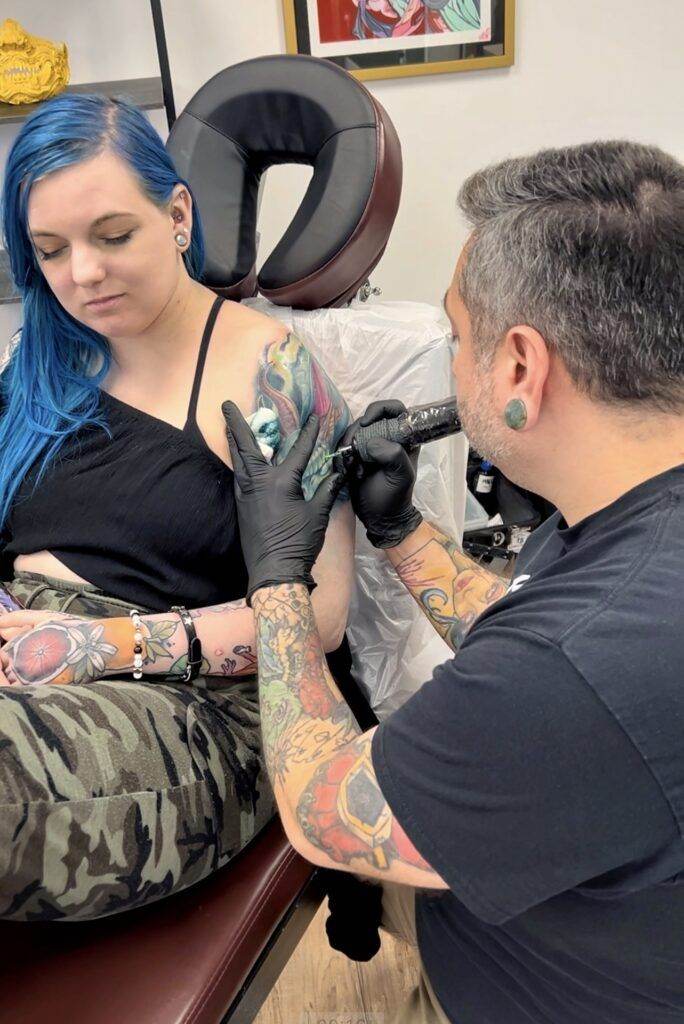
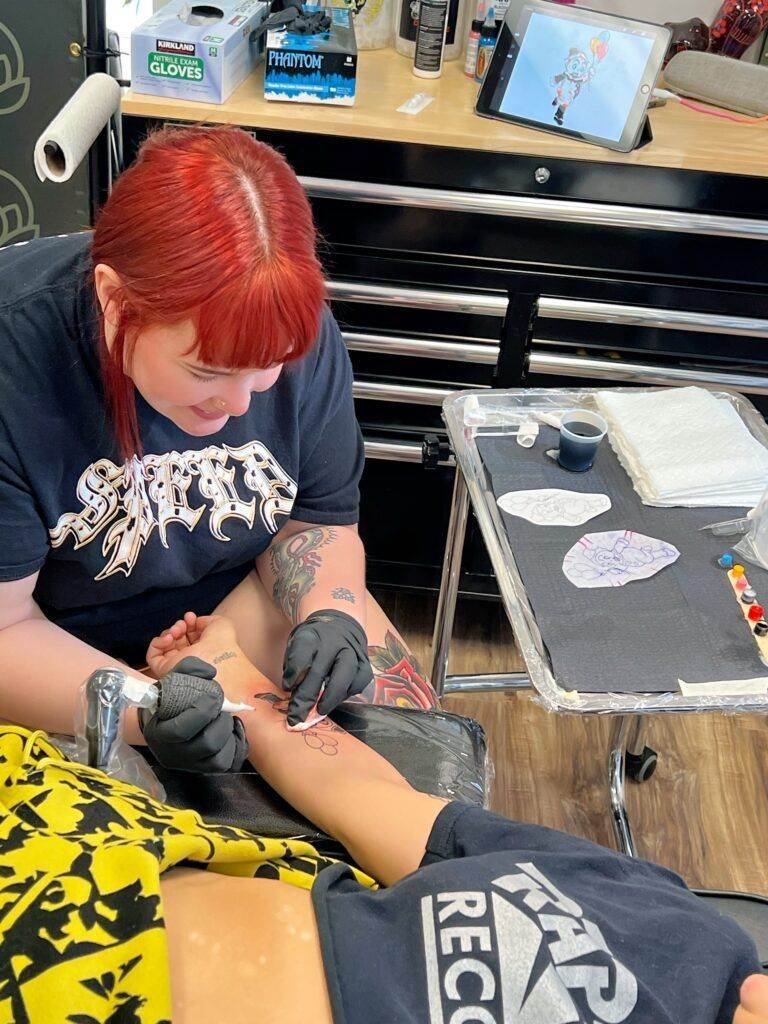
Maori Tattoos
Cultural Importance of Maori Tattoos
Maori tattoos, known as ‘ta moko,’ extend far beyond mere body decoration. They are an essential aspect of Maori culture in New Zealand, rich in history, significance, and tradition. Each tattoo carries profound meanings that are deeply entrenched in the collective identity of the Maori people.
- Identity and Ancestry: Ta moko serves as a powerful indicator of an individual’s lineage and genealogy. The unique designs often celebrate one’s ancestry, connecting wearers to their family and tribe. This connection is vital in a culture that places immense importance on ancestry and communal ties.
- Rite of Passage: In many Maori communities, obtaining a tattoo is considered a rite of passage, marking transition into adulthood or significant life milestones. It signifies personal growth and the responsibilities that come with it.
- Social Status and Authority: Specific designs may indicate social status or rank within the tribe. The intricacy and placement of the tattoo can reflect one’s achievements, with certain patterns reserved for chiefs or warriors, asserting their authority and role within the community.
- Celebration of Culture: Ta moko is also a celebration of Maori culture and identity. It serves as a form of resistance against colonialism by reclaiming traditional practices that were once suppressed.
These tattoos represent not just personal identity but a collective narrative that honors the tribe’s past, present, and future, making them an integral component of the Maori cultural fabric.
Symbols and Designs in Maori Tattoo Artistry
Maori tattoo artistry is characterized by intricate patterns and symbols, each carefully crafted to convey specific meanings. The designs in ta moko are unique and highly individualized, but they generally share common elements that reflect the Maori worldview.
- Spirals and Lines: Spirals, or ‘koru,’ symbolize new beginnings and growth. These shapes often represent the unfolding of a fern as it emerges from the ground, embodying the idea of regeneration and life.
- Faces and Figures: Many designs incorporate stylized representations of ancestors or mythical figures, connecting the wearer with their heritage. These motifs often tell a story that resonates with the individual’s lineage and experiences.
- Fish Hooks (Hei Matau): This symbol represents strength, prosperity, and the ability to provide for one’s family, reflecting the importance of fishing and sustenance in Maori culture.
- Manaia: The manaia, depicted as a bird-like figure, is a guardian that protects against evil spirits. It acts as a spiritual figure that safeguards the wearer.
- Patterns of the Chiefs: Chiefs often wore specific patterns that were distinct from those of commoners. This further emphasizes the hierarchical nature of Maori society.
Maori tattoo designs are not randomly chosen; they are carefully planned and often involve consultation with tattoo artists who understand the cultural significance behind each symbol. This connection between the artist and the recipient ensures that every tattoo serves as a meaningful representation of identity and heritage. In summary, Maori tattoos embody rich cultural significance, telling the stories of individuals and their people through intricate designs and powerful symbols. They represent a profound connection to heritage, making ta moko a compelling aspect of Maori identity that continues to thrive today.
Japanese Tattoos
Evolution of Japanese Tattoo Tradition
The tradition of tattooing in Japan, known as ‘irezumi,’ has undergone significant transformations over the centuries, influenced by cultural, historical, and social factors. Beginning in ancient times, tattoos were utilized for various purposes, ranging from protection against evil spirits to marking criminals.
- Historical Roots: The earliest forms of Japanese tattooing can be traced back to the Jomon period (approximately 14,000–300 BCE), where early inhabitants adorned their bodies for spiritual reasons. These primitive tattoos were often simplistic and connected to religious beliefs.
- Criminal Association: During the Edo period (1603–1868), tattoos took on a negative connotation as they became associated with criminals. Government authorities used tattoos as a means of punishment, branding wrongdoers to signal their disgrace. This association led to a societal stigma around tattoos.
- Cultural Revival: As Japan transitioned into the Meiji era (1868–1912), society began to reassess the cultural significance of tattoos. Artists and enthusiasts pushed back against the stigma, promoting irezumi as a form of artistic expression. Notable masters emerged, dedicating their lives to refining and legitimizing the craft.
- Modern Acceptance: With globalization and an influx of Western influence, attitudes toward tattoos in Japan have evolved. Today, while still facing scrutiny, tattoos have found acceptance in various circles, celebrated for their artistry and cultural heritage.
The evolution of Japanese tattoo tradition reflects a journey from a form of punishment to a recognized art form, affirming the resilience of irezumi as a vital aspect of Japanese culture.
Iconic Motifs in Japanese Tattooing
Japanese tattooing is renowned for its vibrant colors and intricate designs. The motifs used in irezumi hold rich meanings and often reflect the wearer’s personality, beliefs, and experiences.
- Dragons: Symbolizing wisdom, strength, and protection, dragons are one of the most iconic motifs in Japanese tattoos. Unlike the malevolent dragons often depicted in Western culture, Japanese dragons are seen as benevolent creatures that offer guidance.
- Koi Fish: A representation of perseverance and determination, koi fish are commonly depicted swimming upstream. The image signifies overcoming challenges and achieving goals, making it a popular choice for individuals looking to express their resilience.
- Cherry Blossoms (Sakura): These delicate flowers symbolize the transient nature of life, embodying the beauty of fleeting moments. Cherry blossoms remind wearers to appreciate every moment, serving as a metaphor for life’s impermanence.
- Tigers: Tigers are emblematic of courage, power, and protection. In Japanese tattooing, they are often associated with warding off evil spirits and providing strength to the wearer.
- Geishas: Representing elegance and femininity, geishas are often depicted in tattoos, weaving tales of beauty, artistry, and cultural heritage. They embody the complexity of Japanese aesthetics and are a nod to Japan’s rich history.
Japanese tattooing continues to captivate with its ability to tell stories through these iconic motifs. Each design is a reflection of deep-rooted traditions, personal narratives, and a collective cultural identity. As the art form flourishes worldwide, it serves as a bridge between the past and present, making every tattoo a unique expression of both individuality and heritage.
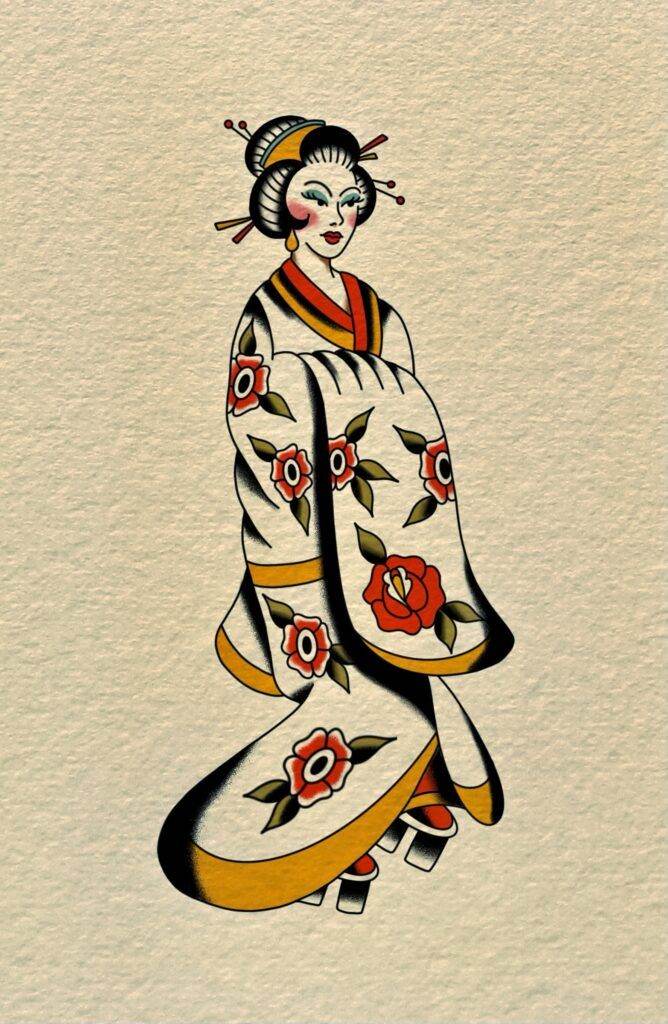

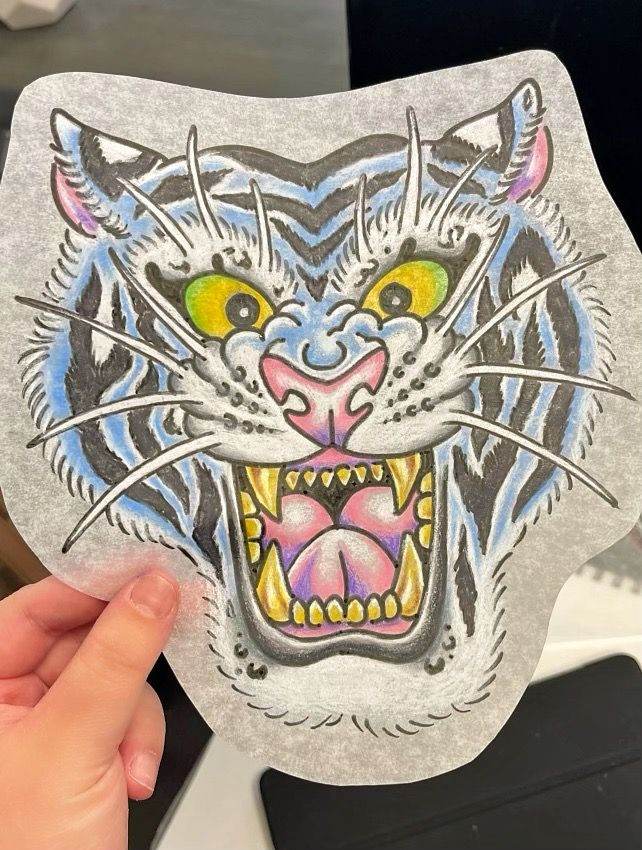
Native American Tattoos
Traditional Native American Tattoo Styles
Native American tattoos are an integral part of the cultural heritage of various Indigenous tribes across North America. Each tribe has its unique styles, techniques, and motifs, often reflecting profound meanings, spiritual beliefs, and historical significance.
- Hand-Poked Technique: Traditionally, Native American tattoos were applied using hand-poking methods. Artists utilized natural needles and pigments derived from local materials. This technique established a deeply personal connection between the artist and the individual receiving the tattoo, making every piece a collaborative effort.
- Design Variations Among Tribes: Different tribes possess distinctive tattoo styles. For example, the Lakota primarily favored geometric patterns and symbolic representations, often reflecting their connection to nature. In contrast, the Navajo utilized more intricate designs that depicted family lineage and personal achievements, expressing the individual’s unique journey.
- Influence of Natural Elements: Many traditional tattoos draw inspiration from nature — animals, plants, and celestial bodies often feature prominently in tribal designs. These elements symbolize deeply rooted beliefs about the relationship between humans and the natural world.
- Ritualistic Application: The process of receiving a tattoo was often a ceremonial event. Specific designs were reserved for particular life milestones such as coming of age, achievements in battle, or rites of passage, thereby enriching the cultural experience surrounding the tattoo.
Understanding these various styles enhances the appreciation of Native American tattoos, highlighting their role in expressing identity and cultural pride.
Spiritual and Symbolic Meanings in Native American Tattoos
The spiritual and symbolic meanings behind Native American tattoos are as diverse as the tribes themselves, often conveying messages of strength, resilience, and connection to one’s heritage. Each tattoo carries profound significance, resonating deeply within the individual and their community.
- Animal Symbolism: Animals are abundant in Native American tattoo designs, with each creature carrying specific qualities and characteristics. For instance, the wolf symbolizes loyalty and protection, while the eagle represents courage and a connection to the divine. These symbolic animals serve as totems, embodying qualities that individuals aspire to possess.
- Nature and Elements: Elements such as the sun, moon, and stars often appear in Native American tattoos, representing the cycle of life and the balance between earth and spirit. For example, the sun symbolizes life and growth, while the moon is associated with intuition and emotions.
- Family and Lineage: Tattoos often celebrate familial connections and ancestry. Designs that incorporate family symbols create a tangible representation of one’s heritage, preserving stories and values from generation to generation.
- Healing and Protection: Many Native American tattoos are believed to possess protective qualities, warding off negative influences and promoting health. Certain symbols are thought to provide strength during difficult times, serving as a shield against adversity.
- Rites of Passage: Finally, tattoos are intimately tied to significant life events, symbolizing milestones such as birth, marriage, and death. These sacred markings honor personal and communal experiences, weaving together individual narratives into the greater tapestry of tribal history.
Through their deep-rooted meanings and connections to spiritual beliefs, Native American tattoos not only serve as personal expressions of identity but also play a significant role in preserving cultural traditions. Each tattoo carries the weight of history, reflecting the resilience and strength of Indigenous peoples while honoring their enduring legacy.

